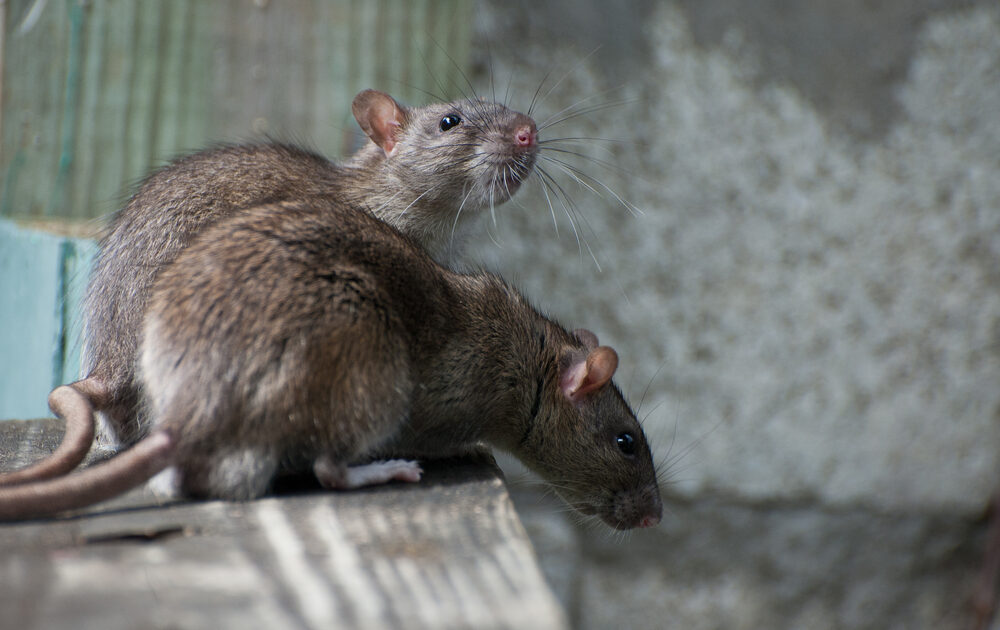Rattus is the scientific name for the rat, a common member of the order Rodentia. With over sixty different species living throughout the world, rats are closely related to mice as well as squirrels, chipmunks and prairie dogs. More distantly, rats and mice are related to the rabbit family (Lagomorpha) and even primates, which include shrews, monkeys, apes and us! They are also among the most ancient of mammals, first appearing in the fossil record almost 60 million years ago. Rats get a bad rap for being aggressive and spreading disease. It is true that living with wild rats in your home is not conducive to good health for those reasons, which is why folks look for rat removal Niagara.
Nonetheless, at Skedaddle Humane Wildlife Control, we understand that every creature plays an important role in a healthy ecosystem. This is why we offer no-kill pest removal. Even rats have a purpose in nature — but unless they are family pets (domestic brown rats have been specially bred for this purpose), they don’t belong in people’s homes.
Here in Ontario, the most common species are the black rat and the Norway rat (which actually originated in Asia). Here are a few things about rats you may not know.
Their Tails Keep Them Cool
Unlike humans, rats and other rodents lack sweat glands. So, how do they keep from overheating? If you’ve ever seen one, you’ve noticed that rats have no fur on their rather lengthy tails. This is no coincidence; Nature came up with a clever solution to the cooling problem, not only causing rats to lose all the fur on their tails but also packing them with blood vessels close to the skin surface. These blood vessels contract and expand in response to the ambient temperature. This is a holdover from their reptilian ancestors; lizards, alligators and snakes regulate their body temperature in a similar manner.
Rats Can Laugh!
Laughter has long been believed to be a uniquely human trait. Like apes and humans, rats tend to live in groups and communities, interacting with each other in similar ways, and even defending their turf from outsiders (this territoriality is why rats tend to be aggressive). They also play together, creating what late neuroscientist Jaak Panksepp described as “social joy.” When they do, they make a sort of chirping sound, which behavioural scientists have identified as the rodent version of laughter. This is certainly a demonstration of how these creatures experience emotion, much like their distant primate relatives.
Their Teeth Never Stop Growing
Another unique trait of rodents is their incisors, the two pairs of front teeth used for biting and gnawing. In rats, mice and other rodents, these teeth grow continually throughout their lives. This is because they are always gnawing their way through tough materials such as wood. Obviously, if those front teeth didn’t continue to grow, they would wear away quickly. By the way, did you know that the word “rodent” is actually from a Latin word, rodere, meaning “to gnaw”?
They Can Swim
Canadian Olympic gold medalist swimmer Penny Oleksiak had nothing on Rattus when it comes to travelling through water. These creatures can hold their breath underwater for up to three minutes (most humans can do it for only thirty seconds) and keep swimming for as long as seventy-two hours! Some rats can swim across open water for almost two kilometres!
Don’t Try This On Your Own
Due to the risk of disease and injury, Skedaddle strongly recommends that pest removal be done by knowledgeable and trained professionals. Call us today to find out how we can solve your rat infestation.




